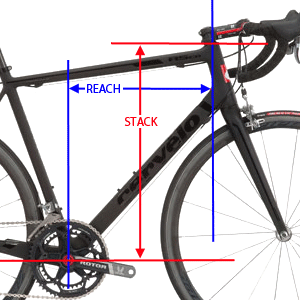
The Stacktennial
It’s been 10 years since the metrics Stack and Reach were first described. February marked a decade since these terms first made it into print, at least according to my recollection.
by Dan Empfield, March 3, 2013
It’s been 10 years since the metrics Stack and Reach were first described. February marked a decade since these terms first made it into print, at least according to my recollection.
by Dan Empfield, March 3, 2013
Top pro triathlete Maik Twelsiek decided to try something which, for pros, is novel and rare: He got fit first, found the equipment that worked for him, before seeking a contract. Here’s how it went.
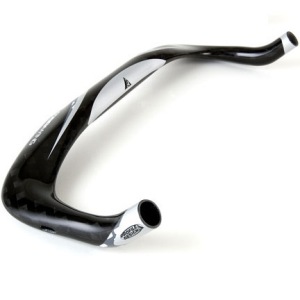
Ever consider your base bar? How it fits, if it’s safe, or even if it’s costing you time on the race course? As with many things, there’s more than meets the eye. We delve in to the particulars of this oft-ignored piece of equipment.
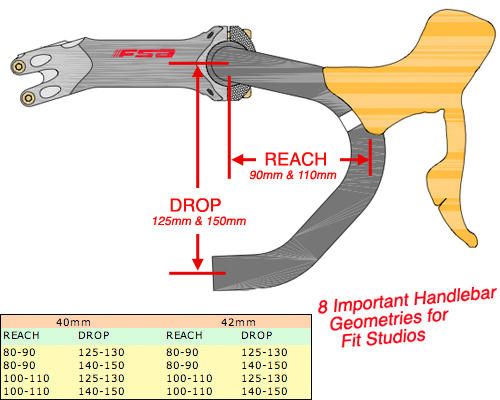
Seated, hands-on-hoods is one of five. If you’ve been fitted only to this position, you bought one-fifth of a proper fit session. All five postures inform both bike and handlebar geometries.
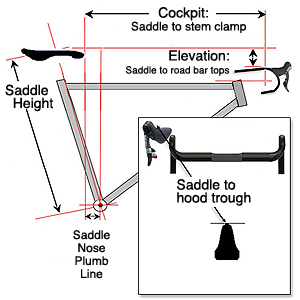
I’m forced to repent of a long held tradition of mine in bike fit. I’m abandoning, in some cases, the use of body angles as a determiner of position appropriateness.
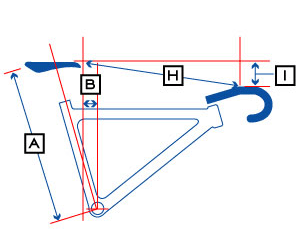
This road bike fit protocol is designed to work with fit bikes that adjust horizontally and vertically; to take advantage of stack and reach data matching; and to consider all the positions common to road bike riding.
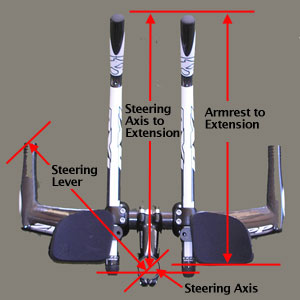
Almost all attention in bike fit is given to the fit coordinates while in the aero position. But, pursuit contact points relative to saddles, armrests, and the steering axis is probably the next area deserving investigation.
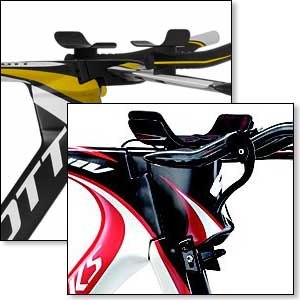
The defining fit characteristics of bikes are no longer solely contained in the frame. Or even the aerobars. Today’s superbikes focus on the sins of the stem and anything round sitting above the frame.
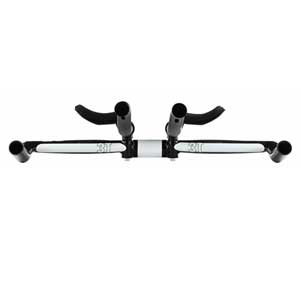
Bicycles are constructs of assemblies. Of course you know this already! But I’m talking strictly about how bikes fit. The notion that a frame alone determines fit is entirely wrong.
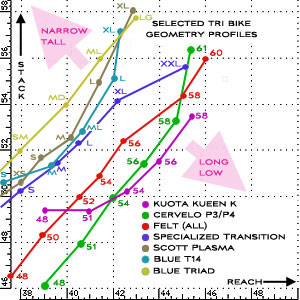
The exercise here is in the understanding of a tri bike’s frame geometry. There are several things worth noting, and this ought to impact, or at least inform, your buying decisions.

It’s a bit of inside baseball, only for hard core bike fitters and those who follow the process as a hobby. The Exit fit bike – the standard for tri bike fitting pros – undergoes a protocol change.
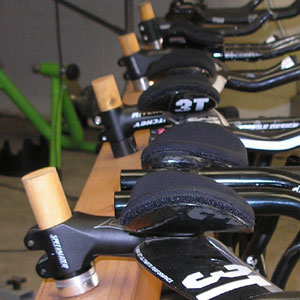
There should be a practicality to things that trumps even what the designer or seller intended for his product. Filling the gap between products-as-intended and products-as-needed is the tinkerer’s raison d’être.
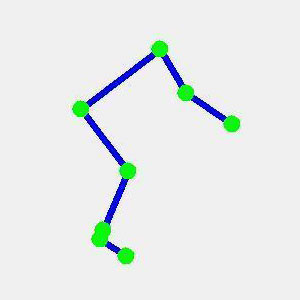
For fitters and fittees alike, here’s a question you might be asking: What premium does a Retul deliver to the fit process over other measuring devices?